Section 5. Which written sources can we use?
Objectives
Children should learn:
- to find out about the local area in the past from different written sources
- that different kinds of written sources provide different information about the local area
Activities
Using different written sources, the class or groups of children could carry out a variety of activities to find out about the local area in the past and compare it with the present:
Census returns
Use part of a census form to find out about ONE local family in a particular house, their names, ages and jobs. Encourage the children to make deductions about the family structure, their lifestyle, home, where they went to work, school or shop.
Use part of a census form to find out about ONE local family in a particular house, their names, ages and jobs. Encourage the children to make deductions about the family structure, their lifestyle, home, where they went to work, school or shop.
Trade directories
Help the children to identify differences in a shopping street in the past by using extracts from a trade directory. Ask the children questions, eg What shops/businesses were here? Who worked here? What could be bought here?
Help the children to identify differences in a shopping street in the past by using extracts from a trade directory. Ask the children questions, eg What shops/businesses were here? Who worked here? What could be bought here?
School records
Choose an event from a school log book to provide background information for the children to write their own account of the incident, eg from an eyewitness or participant’s point of view.
Choose an event from a school log book to provide background information for the children to write their own account of the incident, eg from an eyewitness or participant’s point of view.
Inventories
Use inventory lists to help the children see what possessions people in the past owned and kept in certain rooms of a house. Discuss the contents of a particular room for which details are available and compare with the modern equivalent in the children’s homes. Children could use ICT to sort information and present it on a database.
Use inventory lists to help the children see what possessions people in the past owned and kept in certain rooms of a house. Discuss the contents of a particular room for which details are available and compare with the modern equivalent in the children’s homes. Children could use ICT to sort information and present it on a database.
Discuss with the children what sorts of information they have found out from the different sources and compare life in the area then and now.
Outcomes
Children:
- demonstrate knowledge about the way of life of people who lived in the area in the past, orally or in writing
- make comparisons between lifestyles today and in the past
Points to note
The local library, archive or record office will be able to assist in locating sources available for the local area. Teachers could focus on one or more of the different types of source.
There is a huge variety of other written sources, including advertisements, sale particulars, newspapers, parish records and personal documents such as diaries and letters.
Some of these written sources will need to be adapted to enable children to use them.
It is often useful to compare trade directories with census returns for the same street at around the same time.
School records include admission registers, log books, punishment and attendance records.
Inventories, often made after a person’s death, usually list moveable possessions (see also Unit 8).
Use reference materials, dictionaries, encyclopedias and CD-ROMS to find out about unfamiliar occupations, merchandise, etc.
For further information on written sources, see the English Heritage publications Using Documents and Using School Buildings.


